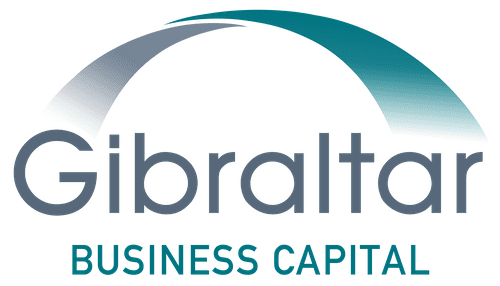The cash flow statement, or statement of cash flows, is one of the three main financial statements used by companies to keep track of their financial health. The other two are the balance sheet and the income statement. The cash flow statement shows the flow of cash into and out of a company and the uses to which this cash is put.
What Aids Are Available to Help Me Prepare My Cash Flow Statement?
Your company can use accounting software or an online template to aid in preparation of this type of financial statement. You may also want to take advantage of professional instruction, such as Gibraltar’s free 13-Week Cash Flow Modeling Tool with Coaching.
What Categories of Cash Flows Are Defined and Presented in the Cash Flow Statement?
Cash flows occurring during the reporting period chosen by the company (past month, quarter, year, etc.) are presented in three sections: cash flows from operating activities, cash flows from investing activities, and cash flows from financing activities.
Operating Activities: the principal revenue-generating activities of the business — current sales, purchases (inventory, etc.) and expenses (payroll, etc)
Investing Activities: Buying and selling long-term assets — acquisitions and disposals of property, plant and equipment (also known as PP&E) as well as sales and purchases of marketable securities owned by the business
Financing Activities: Proceeds and repayments of long-term borrowing, changes in private or public equity or debt, dividend payments, repayments of lease obligations
Is There More Than One Way to Prepare a Cash Flow Statement?
Cash flows from investing activities and financing activities are always presented in a similar way, but there are two different approaches to presenting cash flows from operating activities.
The direct method is simple and direct in presentation. Each instance of cash received or paid out is listed and then tallied.
However, most companies prefer the indirect presentation method, in which operating cash flows are presented as a reconciliation from profit. The reason for this is that, when the income statement is prepared first, it’s easier to extrapolate from existing profit figures than to reinvent the wheel. Both methods work. The choice is yours.
In the indirect presentation method, you will be converting from the accrual basis of accounting to a cash basis. Since there is no established convention on which kind of profit to use — operating profit, profit before tax, profit after tax, net income — the line items you need for reconciliation will vary. Depending on your starting point, you may be calculating depreciation and amortization, increases or decreases in accounts payable, increases or decreases in inventories, losses on accounts receivable, taxes, etc.
How Can I Make the Best Use of My Cash Flow Statement?
Once you have the basic numbers, including your net change in cash, there are a number of financial ratios you can use to help evaluate your company’s financial health, particularly its liquidity and viability. Part 3 of Gibraltar’s Cash Flow Series, Important Cash Flow Ratios, will show you some of the most useful of these tools.

